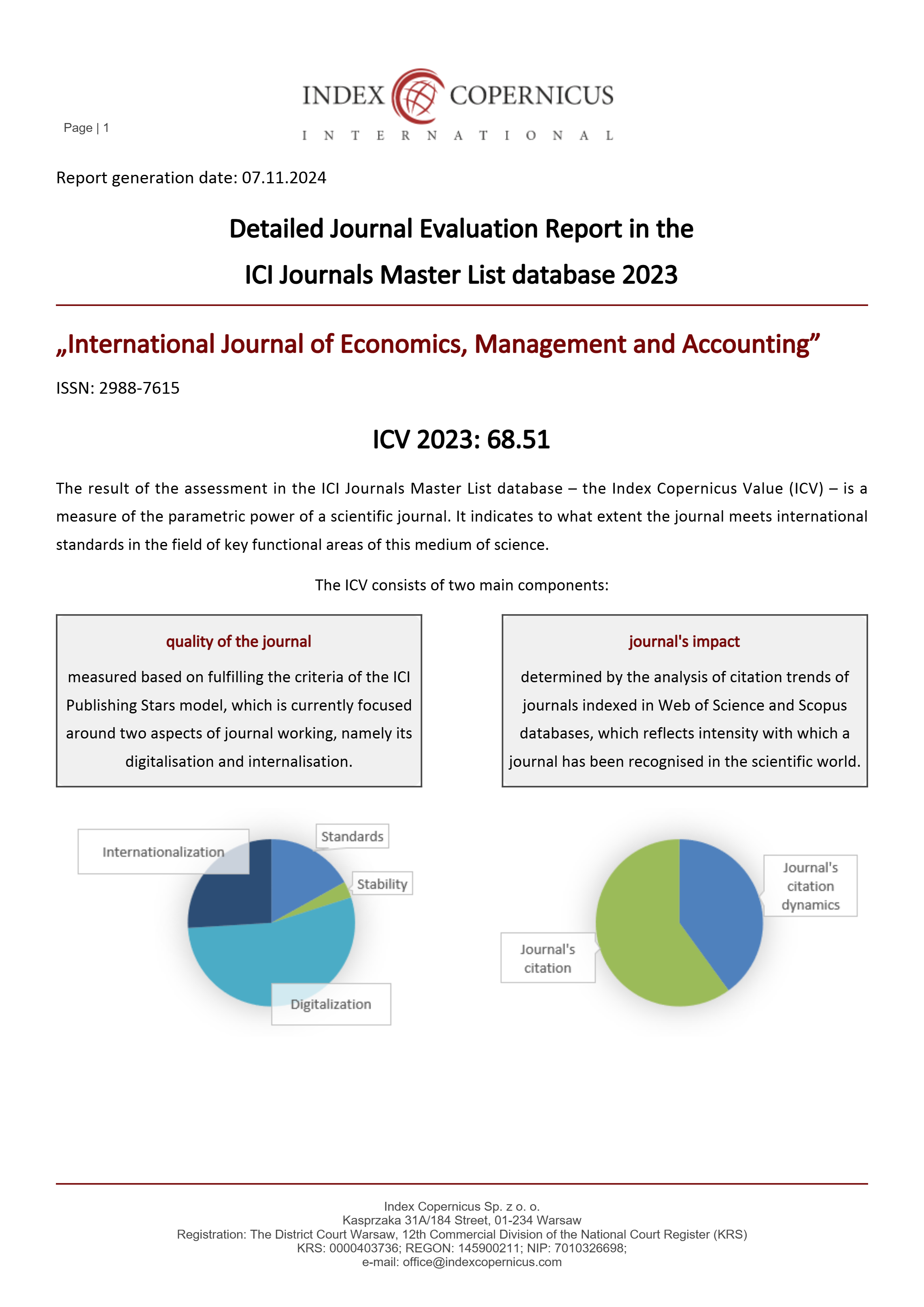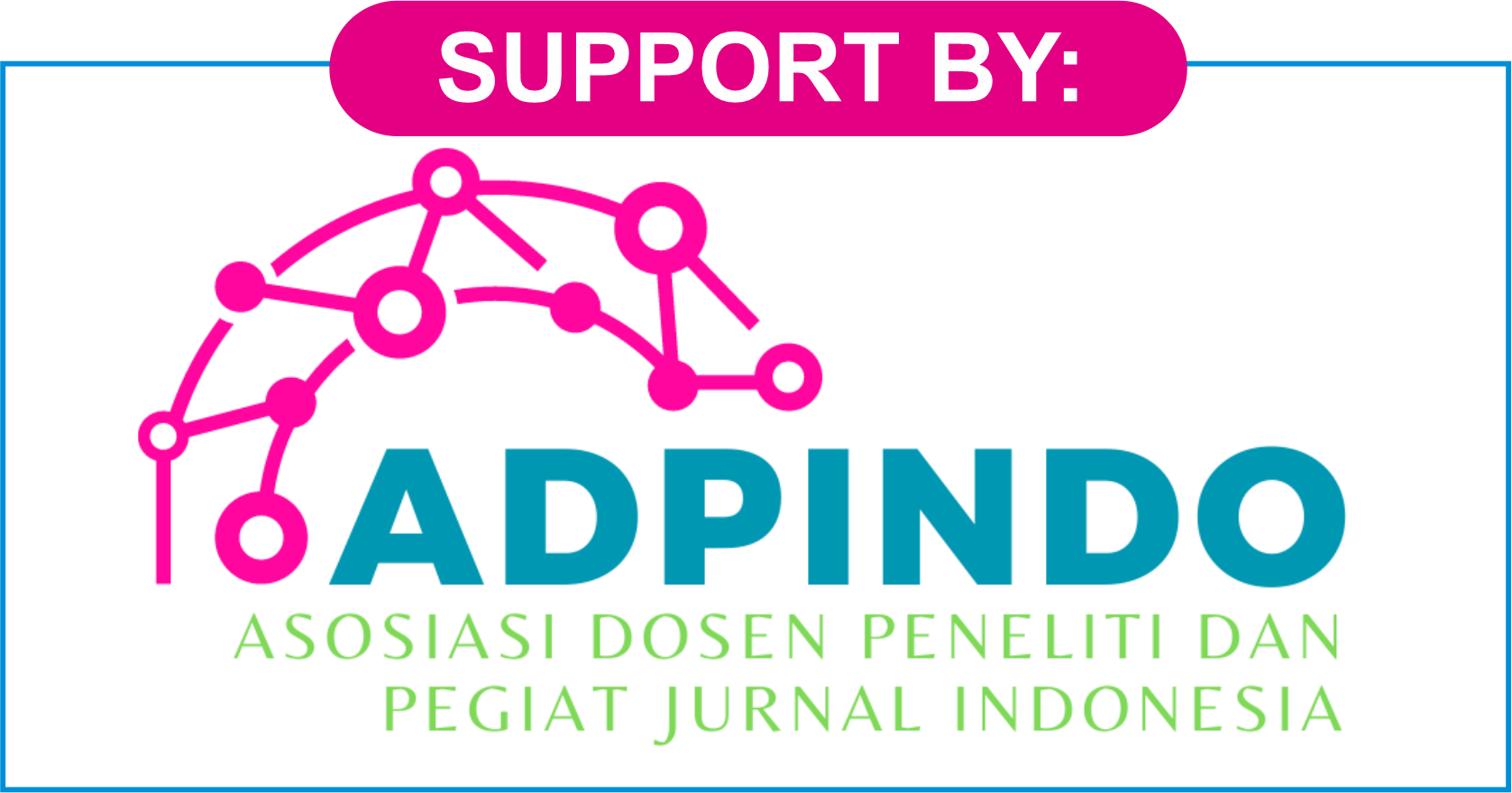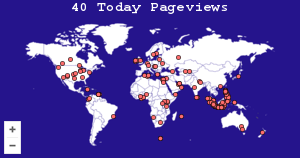Determinants of Household Consumption Expenditure in Denpasar City
DOI:
https://doi.org/10.47353/ijema.v2i5.210Keywords:
age, income, household, expenditure, BaliAbstract
Consumption expenditure is one of the indicators used to measure the objective welfare of society. The average per capita household consumption expenditure in Denpasar City has decreased since 2020-2022 but remains the highest compared to other districts in Bali Province. The purpose of this study was to analyze the economic and social aspects in influencing household consumption expenditure in Denpasar City. Based on the results of the analysis using multiple linear regression analysis techniques, it was found that age had a positive but insignificant effect, while income had a positive and significant effect on household consumption expenditure in Denpasar City. The implication of this study is that the income used to increase household consumption expenditure that is consistent is fixed income. For Balinese Hindu families, rahinan and menyama braya are mandatory consumption expenditures in addition to primary needs that must be met.
Downloads
References
Abdel‐Ghany, M., & Sharpe, D. L. (1997). Consumption patterns among the young‐old and old‐old. Journal of Consumer Affairs, 31(1), 90-112.
Abdi, F., Habibah, G. A., & Fitri, M. (2016). Analisis Pengaruh Inflasi Dan Pendapatan Terhadap Konsumsi Masyarakat Di Kecamatan Telanaipura Kota Jambi. Indonesian Journal of Islamic Economics and Business, 1(1), 83-100.
Afriana, W. (2018). Analisis Konsumsi Rumah Tangga Studi Kasus: Penyewa dan Pemilik Rumah di DKI Jakarta. Jurnal Ilmiah Ekonomi Bisnis, 22(3).
Ahuvia, A. C. (2008). Wealth, consumption and happiness. The Cambridge handbook of psychology and economic behaviour, 199-226.
Aiken, L. S., West, S. G., & Pitts, S. C. (2003). Multiple linear regression. Handbook of psychology, 481-507.
Aknin, L. B., Dunn, E. W., Proulx, J., Lok, I., & Norton, M. I. (2020). Does spending money on others promote happiness?: A registered replication report. Journal of Personality and Social Psychology, 119(2), e15.
Antonakos, C. L., Miller, J. M., & Caruso, C. C. (2002). Critical elements of documentation for data-based research. Western Journal of Nursing Research, 24(1), 87-100.
Atmaja, A. R., Devi, S., Atmaja, H. K., & Lubis, I. (2022). Pengaruh Pendapatan Terhadap Pola Pengeluaran Konsumsi Rumah Tangga Di Kota Sibolga Tahun 2022 (Implikasi Fungsi Konsumsi Keynes). Eqien-Jurnal Ekonomi dan Bisnis, 11(02), 1-13.
Browning, M., Bourguignon, F., Chiappori, P. A., & Lechene, V. (1994). Income and outcomes: A structural model of intrahousehold allocation. Journal of political Economy, 102(6), 1067-1096.
Chen, Z. (2022). The Impact of Population Aging on Residents' Consumption: The case of China.
Chen, L., & Zhao, X. (2022). Influence of China’s Population Aging on Household Consumption–Based on the Data from China Family Panel Studies. Journal of Advanced Computational Intelligence and Intelligent Informatics, 26(4), 631-638.
Clark, A. E., Frijters, P., & Shields, M. A. (2008). Relative income, happiness, and utility: An explanation for the Easterlin paradox and other puzzles. Journal of Economic literature, 46(1), 95-144.
Davies, J. B. (1981). Uncertain lifetime, consumption, and dissaving in retirement. Journal of political Economy, 89(3), 561-577.
Fareed, A. E., & Riggs, G. D. (1982). Old‐young differences in consumer expenditure patterns. Journal of Consumer Affairs, 16(1), 152-160
Fernández-Villaverde, J., & Krueger, D. (2007). Consumption over the life cycle: Facts from consumer expenditure survey data. The Review of Economics and Statistics, 89(3), 552-565.
Gourinchas, P. O., & Parker, J. A. (2002). Consumption over the life cycle. Econometrica, 70(1), 47-89.
Guven, C. (2012). Reversing the question: Does happiness affect consumption and savings behavior?. Journal of Economic Psychology, 33(4), 701-717.
Hamzah, MA., Dr. Amir. 2019. Metode Penelitian dan Pengembangan. Batu: Literasi Nusantara
Handayani, S., & Yulistiyono, H. (2023). Pengaruh Pendapatan, Jumlah Anggota Keluarga Dan Pendidikan Terhadap Konsumsi Rumah Tangga Miskin Di Kabupaten Banyuwangi. Neo-Bis, 12(1), 32-47.
Hone, Z., & Marisennayya, S. (2019). Determinants of Household Consumption Expenditure in Debremarkos Town, Amhara Region, Ethiopia. American Academic Scientific Research Journal for Engineering, Technology, and Sciences, 62(1), 124-144
https://www.bi.go.id/id/publikasi/ruang-media/news-release/Pages/sp_2530023.aspx , diakses pada 2 Maret 2024 pukul 18.18 Wita
https://www.bi.go.id/id/publikasi/ruang-media/news-release/Pages/sp_262324.aspx, diakses pada 2 Maret 2024 pukul 18.21 Wita
https://bali.bps.go.id/subject/154/produk-domestik-regional-bruto--pengeluaran-.html, diakses pada 2 Maret 2024 pukul 21.01 Wita
https://denpasarkota.bps.go.id/indicator/12/236/5/proyeksi-penduduk-kota-denpasar-menurut-kelompok-umur-dan-jenis-kelamin-hasil-sensus-penduduk-tahun-2020.html, diakses pada 10 Maret 2024 pukul 22.38 Wita
https://www.jatitimes.com/news/552947319/wajib-tahu-berikut-kategori-umur-menurut-who-dan-menkes-simak-selengkapnya-di-sini, diakses pada 10 Maret 2024 pukul 11.35 Wita
Illahi, N., Adry, M. R., & Triani, M. (2019). Analisis determinan pengeluaran konsumsi rumah tangga di Indonesia. Jurnal Ecogen, 1(3), 549-556.
Krzywinski, M., & Altman, N. (2015). Multiple linear regression: when multiple variables are associated with a response, the interpretation of a prediction equation is seldom simple. Nature methods, 12(12), 1103-1105.
Morissan. 2015. Metode Penelitian Survey. Jakarta: Prenada Media Group
Puspita, C. D., & Agustina, N. (2019). Pola konsumsi, elastisitas pendapatan, serta variabel-variabel sosial ekonomi yang memengaruhi pengeluaran konsumsi rumah tangga. In Seminar Nasional Official Statistics (Vol. 2019, No. 1, pp. 700-709).
Şaşmaz, M., & Şakar, E. (2020). The effect of taxes and public expenditures on happiness: Empirical evidence from OECD countries. Int. J. Adv. Appl. Sci, 7, 130-136.
Soleh, A., Daniel, P. A., Said, M., & Agustina, K. (2023). Analisis Pengaruh Pendapatan Perkapita dan Inflasi terhadap Pengeluaran Konsumsi Rumah Tangga di Provinsi Jambi. J-MAS (Jurnal Manajemen dan Sains), 8(2), 1980-1986
Stöver, B. (2012). The influence of age on consumption (No. 3808). EcoMod.
Sugiyono. (2012). Metode Penelitian Bisnis. Bandung: Penerbit Alfabeta
Suryabrata, B.A., M.A., Ed.S., Ph.D., Drs. Sumadi. (2010). Metodologi Penelitian. Jakarta: Raja Grafindo Persada
Vidiawan, E., & Tisnawati, N. M. (2015). Analisis Pengaruh pendapatan, jumlah anggota keluarga dan pendidikan terhadap jumlah konsumsi rumah tangga miskin di Desa Batu Kandik Kecamatan Nusa Penida Kabupaten Klungkung. E-Jurnal EP Unud, 4(4), 243-257.
Zhu, Z., Ma, W., Leng, C., & Nie, P. (2021). The relationship between happiness and consumption expenditure: Evidence from rural China. Applied Research in Quality of Life, 16, 1587-1611.
Downloads
Published
How to Cite
Issue
Section
License
Copyright (c) 2024 I Gusti Ayu Athina Wulandari, Ni Made Intan Priliandani

This work is licensed under a Creative Commons Attribution 4.0 International License.











